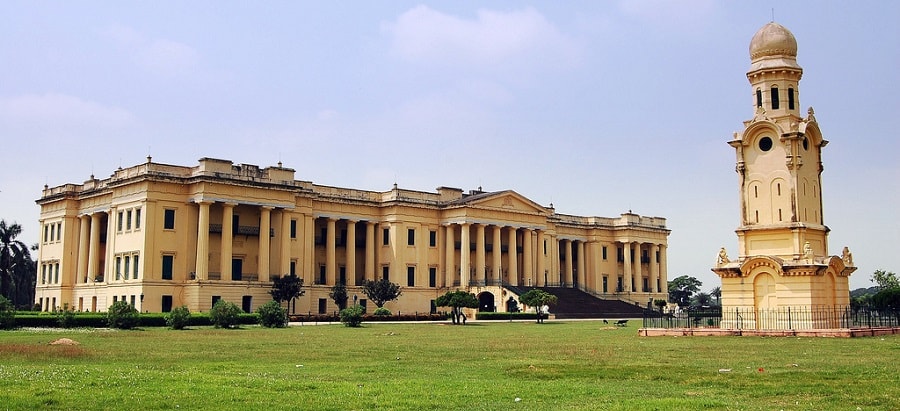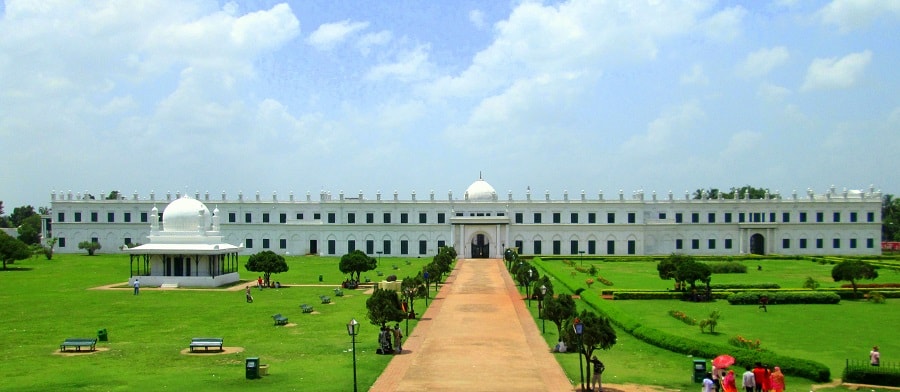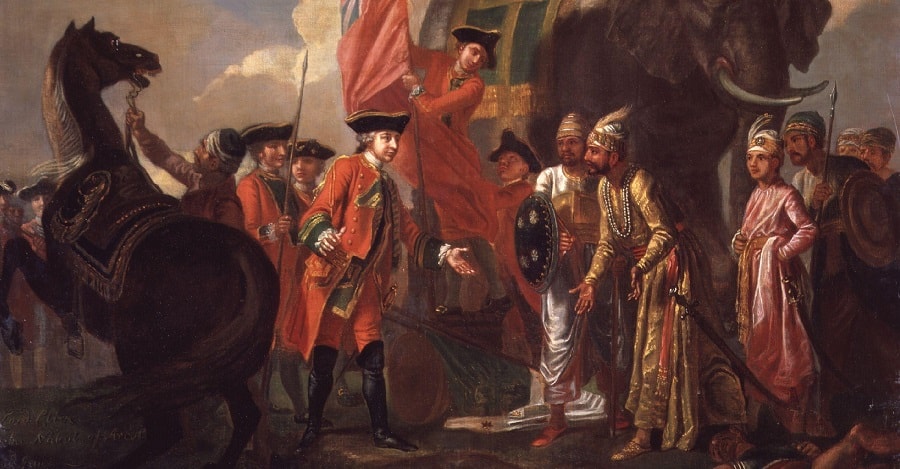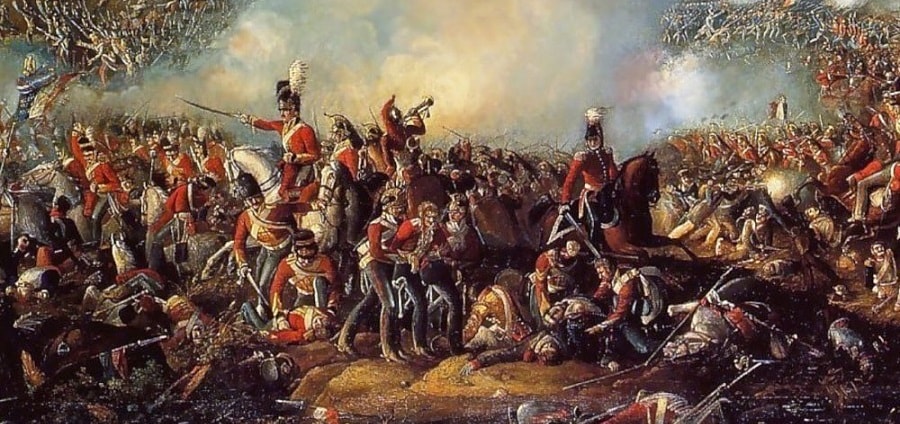September 24, 2019
Nawabs of Bengal – Battle of Plassey & Battle of Buxar
Contents
thr Battle of Plassey
- From 1717 three successive Islamic dynasties – Nasiri, Afshar and Najafi – ruled what was then known as Bengal.
>>>>>>>

>>>>>>>>
Nasiri Dynasty (1717-40)
Murshid Quli Khan
- Murshid Quli Khan was born in a Hindu Brahmin family in the Deccan Plateau.
- Aurangzeb sent him to Bengal as the divan in 1700.
- Aurangzeb gave him permission to rename the city Murshidabad.
- In 1717, Murshid Quli Khan was appointed as the Nawab Nazim of Murshidabad by Farrukhsiyar.
- Murshid Quli Khan changed the Jagirdari system to the mal jasmani, which would later transform into the zamindari system.
- Murshid Quli Khan maintained strict control over East India Company from abusing the privileges granted to the company
- Mughal Farman of 1691 by Aurangzeb
- Mughal Farman of 1717 by Farukh Siyar
battle of plassey battle of buxar
Shuja-ud-Din Muhammad Khan
- He was son-in-law of Murshid Quli Khan.
- His successor was Sarfaraz Khan.
>>>>>>

>>>>>>
Afshar Dynasty (1740-57)
Alivardi Khan
- Shuja-ud-Din promoted Muhammad Ali to Faujdar of Rajmahal and entitled him as Alivardi Khan.
- In 1740, in the Battle of Giria, Alivardi Khan defeated and killed Sarfaraz Khan.
- Alivardi Khan also used the title Nizam.
- He is known to have introduced artillery on large movable platforms, which were driven by oxen.
- At the Battle of Burdwan in 1747, Alivardi Khan defeated Maratha forces.
Siraj ud Daulah
- His full name was Mirza Muhammad Siraj ud-Daulah.
- Siraj ud Daulah becames Nabab in April 1756.
- He was the last independent Nawab of Bengal.
- His charges against the company were mainly threefold.
- They strengthened the fortification around the Fort William without any intimation and approval
- Abused the trade privileges, which caused heavy loss of customs duties.
- Company gave shelter to some of his officers who were against Nabab.
- Siraj ud Daulah captured Kolkata and renamed as Alinagar from the British in June 1756.
- Black Hole of Calcutta was a small prison in Fort William where troops of Siraj ud-Daulah held British prisoners of war for one fatal night on 20 June 1756.
- Feb 1757 the Nawab’s men were difited by a small English force in a night attack under Robert Clive.
- This incident forced Siraj ud Daulah to come to under Treaty of Alinagar.
- The treaty was violated by the conquest of Chandranagore (French), by the British in March 1757.
- A conspiracy was started by Mir Jafar, Rai Durlabh, Yar Lutuf Khan and Omichund (Amir Chand), Jagat Seth, Krishna Chandra, and several officers in the army.
>>>>>>>

>>>>>>>
Battle of Plassey
- Battle of Plassey was a decisive victory of the British East India Company over the Nawab of Bengal and his French allies.
- The battle fought at Plassey, Murshidabad in Bengal on 23 June 1757, on the banks of the Hooghly River.
- Siraj-ud-Daulah was executed on 2 July 1757 by Mohammad Ali Beg under orders from Mir Meerun, son of Mir Jafar in Namak Haram Deorhi.
- Commanders and leaders in The Battle of Plassey
- Robert Clive, Major Kilpatrick, Major Grant, Major Eyre Coote, Captain Gaupp
- Nawab Siraj ud-Daulah, Diwan Mohanlal, Mir Madan, Mir Jafar Ali Khan (defector), Yar Lutuf Khan (defector), Rai Durlabh (defector), Monsieur Sinfray (France)
battle of plassey battle of buxar
Najafi Dynasty
Mir Jafar (1757 – 1760 & 1763 – 1765)
- 1st Najafi Nawab of Bengal with support from the British East India Company.
- Mir Jafar granted the right to free trade in Bengal, Bihar and Orissa, and the zamindari of the 24 Parganas to the British.
- He also paid them a sum of Rs 17.7 million.
- Reign of Mir Jafar saw the beginning of the drain of wealth from India to Britain.
- He made futile efforts to replace the English by the Dutch.
- The Dutch were defeated by the English in Battle of Chinsurah, 1759.
Mir Qasim (1760-63)
- Mir Qasim granted the zamindari of Burdwan, Midnapore and Chittagong to the British officials.
- He transferred his capital from Murshidabad to Monger in 1762.
- Mir Qasim abolished all duties on internal trade against British wishes, to protect the Indian traders in 1763.
>>>>>>>>

>>>>>>>>
Battle of Buxar
- Battle of Buxar (21 Oct, 1764) was fought between the British and the 3 allies.
- Mir Qasim
- Shuja-ud-daula of Awadh
- Shah Alam II
- This battle ended in the defeat of the allies by the British forces under Major Hector Munro.
- Buxar is a “small fortified town” in Bihar.
- The Battle of Buxar was brought to an end by the Treaty of Allahabad in 1765.
The Treaty of Allahabad
- Robert Clive concluded two important treaties at Allahabad on 12 Aug 1765 with
- Nawab of Awadh
- Mughal Emperor, Shah Alam II
- Nawab Shuja-ud-Daula agreed to surrender Allahabad and Kara to Emperor Shah Alam II.
- Shah Alam II agreed to granting farman of diwani of Bengal, Bihar and Orissa to the East India Company in lieu of an annual payment of Rs 26 lakh.
- Military defence, police, and administration of justice power of Bengal, Bihar and Orissa went to East India Company.
Dual Government in Bengal (1765-72)
- Robert Clive introduced the dual system of government in Bengal.
- Rule of the two, Company and the Nawab.
- Collecting revenues and nizamat (police and judicial functions) came under Company power.
- Company exercised diwani rights as diwan and nizamat rights through its right to nominate the deputy subahdar.
- Dual system led to an administrative breakdown and proved disastrous for the people of Bengal.
Najm-ud-daula (1765-72)
- Najm, son of Mir Jafar, was made the nawab in 1765.
- He remained a puppet in the hands of the British during the period of ‘Dual System of Government’.
- In 1772, he was pensioned off when the Company took over the direct charge of Bengal.
>>>>>

